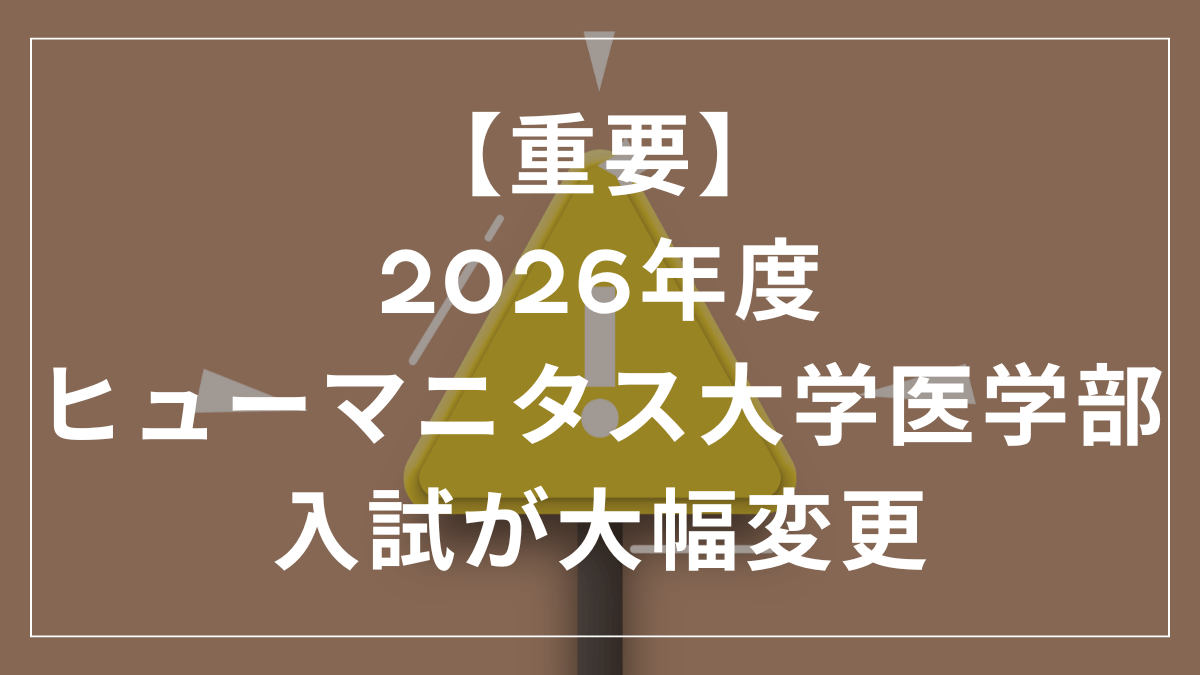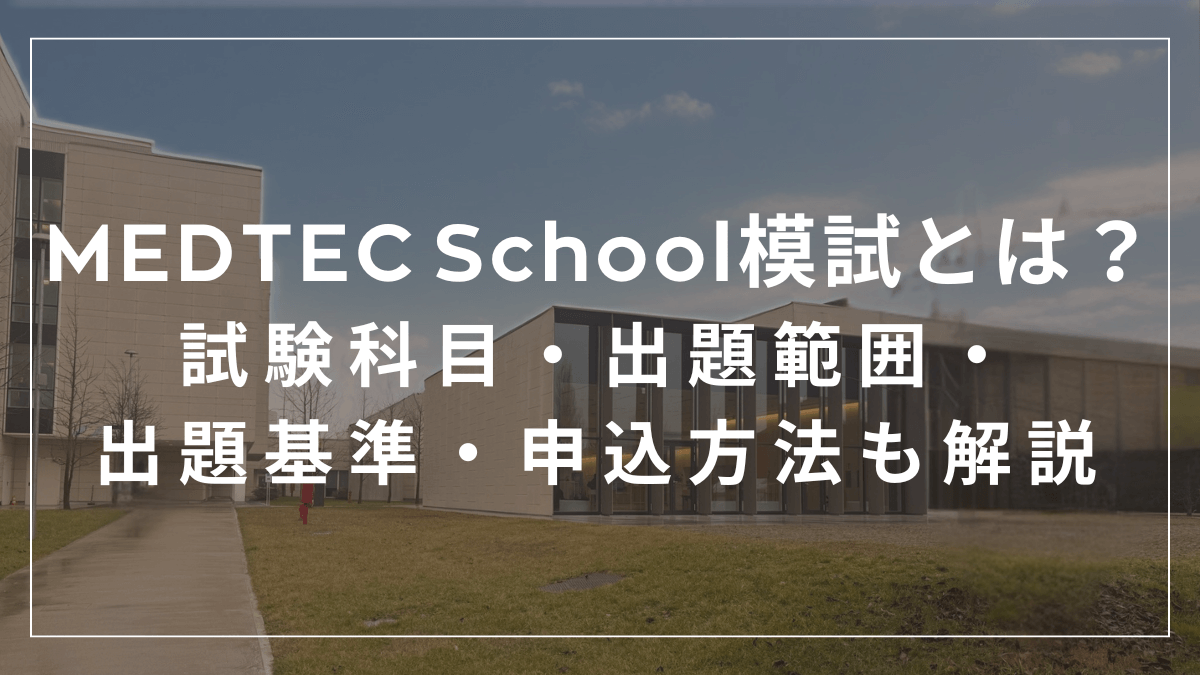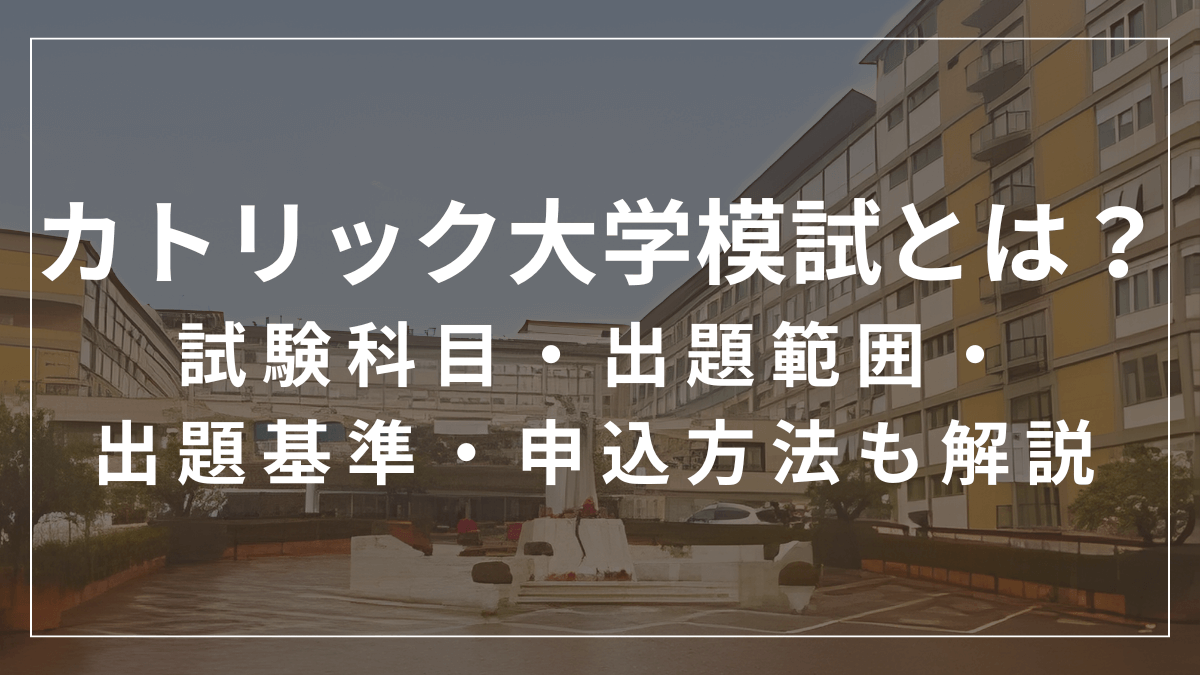【最新版】ビオメディコ大学医学部入試の出題範囲・シラバスまとめ【UCBM】

本記事で解決できるお悩み
※青字をクリックすると、読みたい項目に移動できます。
本記事の信頼性
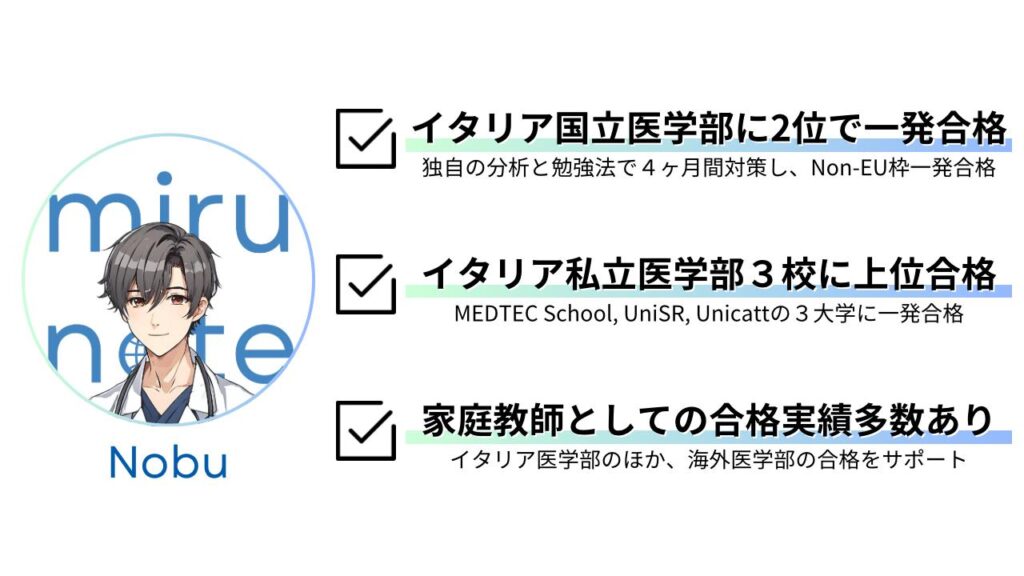
本ブログでは、イタリア医学部留学をサポートするため、イタリア医学部に上位合格した現役イタリア医学生だからこそ分かるイタリア医学部入試情報やイタリア医学部での生活について発信します。執筆者のmirunote留学の共同代表 Nobu のプロフィールはこちらから。
ビオメディコ大学医学部英語コースの入学試験は筆記試験のみとなっています。受験枠によらず、書類審査・志望動機書・面接試験はありません。
ビオメディコ大学医学部英語コースの入試では、論理問題(英文読解などを含む)、生物、化学、物理・数学といった幅広い科目が出題されるため、合格するには徹底したビオメディコ大学用の入試対策が求められます。
しかし、ビオメディコ大学医学部英語コースの入試はイタリアの試験であるため、日本の大学入試の試験範囲とは異なる部分も多々あり、出題される科目や出題分野、出題傾向・試験形式も異なります。
そのため、ビオメディコ大学医学部英語コースの入試対策をする際に試験範囲を事前に知っておきたい場合もあるのではないでしょうか。
そこで今回は、最新版のビオメディコ大学医学部英語コースの入試の試験範囲(シラバス)を各科目ごとにまとめました。試験範囲(シラバス)の日本語訳も載せているため、受験勉強をする際の参考にしてください。

シラバス(試験範囲)を確認する際の注意点も紹介します!
それでは、本題に入ります。
ビオメディコ大学医学部入試(英語コース)の試験概要とは?

ビオメディコ大学医学部入試(英語コース)は、大学独自のマークシート形式の入学試験です。試験はオンラインで実施され、日本から自宅受験することも可能です。筆記試験のほかに、志望動機書の提出や書類審査・面接試験などはありません。
例年、1〜2月頃に実施され、同日におこなわれる医学部MedTechコース(英語)と同様の試験となっています。どちらのコースの場合も問題数は全部で80問であり、試験時間は100分と短めに設定されています。

採点は加点・減点方式であり、正答するごとに+1.0点、誤答を選ぶと-0.2点、未解答の場合だと0点です。科目や問題ごとに配点に違いはなく、すべての問題で同じ配点であり、満点は80点です。
2025年度のビオメディコ大学医学部英語コースの入試の各科目の問題数は次のとおりです。
| 入試科目 | 問題数 | 得点 |
|---|---|---|
| Logic(論理問題) | 50問 | -10.0点〜+50.0点 |
| Biology(生物) | 10問 | -2.0点〜+10.0点 |
| Chemistry(化学) | 10問 | -2.0点〜+10.0点 |
| Physics and Mathematics(物理・数学) | 10問 | -2.0点〜+10.0点 |
| 合計 | 80問 | -16.0点〜+80.0点 |
合否は筆記試験の点数のみで決まります。ビオメディコ大学の医学部入試の合否の決まり方や正規合格・繰上合格の詳細は下記記事で解説しています。
ビオメディコ大学医学部入試のシラバス(出題範囲)まとめ

最新版のビオメディコ大学医学部英語コースの入試のシラバス(出題範囲)を科目ごとにすべてまとめました。原文は英語であるため、本記事ではmirunoteが独自に日本語翻訳しました。
【ビオメディコ大学医学部入試の出題科目】
- Logic(論理)
- Biology(生物)
- Chemistry(化学)
- Physics (物理)
- Mathematics(数学)
分かりにくい翻訳もあるかもしれませんが、原文のニュアンスを残すため、一部そのまま直訳しているものもあります。それぞれの科目ごとの出題範囲をまとめましたので、ご確認ください。
※ ビオメディコ大学の医学部入試において要求される知識と技能はすべて高校教育課程で培われる水準を想定しているとの記載があります。
Logic(論理)
| 出題分野 | 出題分野(日本語) |
|---|---|
| General knowledge in the fields of literature, history, philosophy, social and institutional studies | 文学・歴史・哲学・社会・制度に関する幅広い教養 |
| Analysis of written texts (reading comprehension) | 読解と文章分析 |
| Logical and mathematical reasoning skills | 論理的思考力・数学的思考力 |
Biology(生物)
| 出題分野 | 出題分野(日本語) |
|---|---|
| The chemistry of living organisms | 生命の化学 |
| Biological importance of weak interactions | 弱い相互作用と生体機能 |
| Organic molecules and functions | 生体高分子と機能 |
| Role of enzymes | 酵素作用 |
| The cell as the basis of life | 細胞と生命現象 |
| Cell theory / cell size | 細胞説・細胞の大きさ |
| Prokaryotic & eukaryotic cells; viruses | 原核細胞・真核細胞・ウイルス |
| Cell membrane: structure & transport | 細胞膜の構造と物質輸送 |
| Cellular structures and their specific functions.(Organelles and their functions) | 細胞小器官の構造と機能 |
| Cell cycle and cell division: mitosis and meiosis – chromosomes and chromosome maps. | 細胞周期と遺伝情報の伝達(有糸分裂・減数分裂―染色体とその地図) |
| Bioenergetics | 生体エネルギー変換 |
| ATP as cellular energy | ATP とエネルギー代謝 |
| Redox reactions in organisms | 生体内酸化還元反応 |
| Energy processes: photosynthesis, glycolysis, aerobic respiration, fermentation | エネルギー獲得機構(光合成・解糖系・呼吸・発酵) |
| Reproduction and heredity | 生殖と遺伝 |
| Life cycles; sexual & asexual reproduction | 生活環と有性/無性生殖 |
| Mendelian Genetics. Fundamental laws and applications. | メンデル遺伝―基本法則と応用 |
| Chromosome theory & inheritance patterns(classical genetics) | 染色体遺伝(古典遺伝学:染色体説と遺伝様式) |
| Molecular Genetics: structure and replication of DNA, the genetic code, protein synthesis. The DNA of prokaryotes. The structure of the eukaryotic chromosome. Genes and regulation of gene expression. | 分子遺伝:DNA 構造と複製・遺伝暗号・タンパク質合成・原核生物の DNA・真核染色体構造・遺伝子発現制御 |
| Human genetics (mono-/multifactorial, X-linked, autosomal diseases) | ヒト遺伝:単一・多因子形質の伝達,X 連鎖・常染色体性遺伝病 |
| Biotechnology: Recombinant DNA technology and its applications. | 遺伝子工学と応用:組換え DNA 技術と応用 |
| Heredity and environment | 遺伝と環境 |
| Mutations. Natural and artificial selection. Evolutionary theories. The Genetic basis of evolution. | 進化と生物多様性(突然変異,自然・人工選択,進化論,進化の遺伝的基盤) |
| Anatomy & physiology of animals and humans | 動物の形態・機能(動物およびヒトの解剖学と生理学) |
| Animal tissues | 動物組織 |
| Anatomy and physiology of systems and equipment in humans and their interactions. | ヒトの体のしくみ(ヒトの各器官系の構造・機能と相互作用) |
| Homeostasis | 体内環境の維持 |
Chemistry(化学)
| 出題分野 | 出題分野(日本語) |
|---|---|
| Constitution of matter: states, heterogeneous / homogeneous, compounds & elements | 物質の構成と状態:状態,均質系と不均質系,化合物と元素 |
| Ideal Gas Laws | 理想気体の法則 |
| Atomic structure: particles, numbers, isotopes, electron configuration | 原子の構造:素粒子,原子番号・質量数,同位体,各元素の電子配置 |
| The periodic system of elements: groups and periods; transition elements; periodic properties of the elements: atomic radius, ionization potential, electron affinity; metallic character. Relations between electronic structures, position in the periodic system of elements and properties. | 周期表と元素の性質:族・周期・遷移元素と周期的性質(原子半径・電離エネルギー・電子親和力・金属性) |
| Chemical bonding: ionic, covalent, metallic; bond energy, polarity, electronegativity | 化学結合と分子間力:イオン結合・共有結合・金属結合,結合エネルギー,極性,電気陰性度 |
| Fundamentals of inorganic chemistry: nomenclature and main properties of inorganic compounds (oxides, hydroxides, acids, salts) | 無機化合物の名称と性質:酸化物・水酸化物・酸・塩の命名と性質 |
| Chemical reactions & stoichiometry: molecular and atomic mass, Avogadro’s number, mole concept and its application, stoichiometry elementary balance of simple reactions, the different types of chemical reaction. | 化学反応と量的計算:分子量・原子量,アボガドロ数,モル概念,反応式の係数計算,反応の種類 |
| Solutions: water as solvent, solubility, concentration expressions | 溶液と濃度 |
| Equilibria in aqueous solution | 化学平衡 |
| Chemical kinetics & catalysis | 反応速度と触媒 |
| Oxidation–reduction (oxidation number, redox agents, balancing) | 酸化還元反応:酸化数と酸化剤・還元剤の概念 |
| Acids, bases, pH; hydrolysis; buffer solutions | 酸・塩基と pH/加水分解・緩衝液 |
| Organic fundamentals: C–C bonds, formulas, isomerism | 有機化合物の構造式と異性体 |
| Hydrocarbons: aliphatic, alicyclic, aromatic | 炭化水素(脂肪族・脂環式・芳香族) |
| Functional groups(alcohols, ethers, amines, aldehydes, ketones, carboxylic acids, esters, amides) & basic nomenclature | 官能基(アルコール,エーテル,アミン,アルデヒド,ケトン,カルボン酸,エステル,アミド)と命名法 |
Physics(物理)
| 出題分野 | 出題分野(日本語) |
|---|---|
| Measures: direct and indirect measures, fundamental and derived quantities, physical dimensions of quantities, knowledge of the metric system and the CGS System of Units, Technician (or Practical) (ST) and International (SI) units of measurement (names and relations between fundamental and derived units), and multiples (names and values). | 物理量と単位:直接/間接測定,基本量・派生量,物理量の次元,CGS・工業・SI 単位系と接頭語 |
| Kinematics: kinematic quantities, various motions with particular regard to uniform and uniformly accelerated motion; uniform circular motion; harmonic motion (for all motions: definition and relationship between the kinematic quantities related). | 運動の表し方:等速直線運動・等加速度運動・等速円運動・単振動と関連物理量 |
| Dynamic: vectors and vector operations. Forces, motion of forces around a point. Vector composition of forces. Definitions of mass and weight. Acceleration of gravity. Density and specific gravity. Law of universal gravitation, 1st, 2nd, and 3rd laws of motion. Work, kinetic energy, potential energy. Principle of conservation of energy. Impulse and momentum. Principle of conservation of momentum. | 力学::ベクトル演算,力とモーメント,質量と重さ,重力加速度,密度,比重,万有引力,ニュートンの運動法則,仕事・運動エネルギー・位置エネルギー,エネルギー保存則,衝撃量と運動量保存 |
| Fluid mechanics: pressure, and its unit of measure (not only in the SI system). Archimedes’ principle, Pascal’s and Stevin’s laws. | 流体力学:圧力と単位,アルキメデス・パスカル・スティヴィンの法則 |
| Thermology and thermodynamics: thermometry and calorimetry. Specific heat, thermal capacity. Mechanisms of heat propagation. Changes of state and latent heats. Ideal Gas Laws. First and second law of thermodynamics. | 熱とエネルギー:温度測定と熱量測定,比熱・熱容量,熱の伝わり方,相変化と潜熱,気体の法則,熱力学第1・第2法則 |
| Electrostatics and electrodynamics: Coulomb’s law. Electric field and potential. Dielectric constant. Capacitors. Capacitors in series and in parallel capacitors. Current. Ohm’s law. Electrical resistance and resistivity, electrical resistors in series and in parallel. Work, Power, Joule effect. Generators. Electromagnetic induction and alternating currents. Effects of electric currents (thermal, chemical, and magnetic). | 電気と磁気:クーロンの法則,電場・電位,誘電率,コンデンサ(直列・並列),電流とオームの法則,抵抗・抵抗率,電力とジュール熱,発電機,電磁誘導と交流,電流の熱・化学・磁気効果 |
Mathematics(数学)
| 出題分野 | 出題分野(日本語) |
|---|---|
| Sets of numbers and algebra: natural numbers, integers, rational and real numbers. Sorting and comparison; order of magnitude and scientific notation. Operations and their properties. Proportions and percentages. Powers with integer exponents, rational and their properties. Radicals and their properties. Logarithms (base 10 and base e) and their properties. Elements of combinatorics. Algebraic expressions, polynomials. Major products, nth power of a binomial, factoring polynomials. Algebraic fractions. Algebraic equations and inequalities of the first and second grade. Systems of equations. | 数と式:自然数・整数・有理数・実数,大小比較,桁数と科学的記数法,演算と法則,比・百分率,指数・根号・対数,組合せ,式と多項式,展開・二項定理・因数分解,代数分数,一・二次方程式と不等式,連立方程式 |
| Functions: fundamental notions about the functions and their graphical representations (domain, codomain, sign, maxima and minima, and monotonicity, etc.). Elementary functions: algebraic integer and fractional, exponential, logarithmic, trigonometric. Composite functions and inverse functions. Trigonometric equations and inequalities. | 関数:定義域・値域・符号・極値・単調性,初等関数(整式・分数式・指数・対数・三角),合成関数と逆関数,三角方程式・三角不等式 |
| Geometry: Polygons and their properties. Circumference and circle. Measurements of lengths, areas, and volumes. Isometries, similarities, and equivalences in the plan. Loci. Measure of angles in degrees and radians. Sine, cosine, tangent of an angle and their significant values. Trigonometric formulas. Solving triangles. Cartesian reference system in the plane. Distance between two points and the midpoint of a segment. Equation of the line. Terms of parallelism and perpendicularity. | 図形と計量:多角形・円の性質,長さ・面積・体積の計測,図形の移動・相似・等積,軌跡,度数法とラジアン,三角比と重要値,三角恒等式,三角形の解法,座標平面と直線方程式,平行・垂直条件 |
| Distance of a point from a line. Equation of the circle, the parabola, hyperbola, of the ellipse and their representation in the Cartesian plane. Pythagorean Theorem. Euclid Theorem (first and second). | 点と直線の距離,円・放物線・双曲線・楕円の方程式と図形表示,ピタゴラスの定理,ユークリッドの第一・第二定理 |
| Probability and Statistics: Frequency distributions depending on the type of character and the main graphical representations. Definition of random experiment and event. Probability and frequency. | 確率・統計:度数分布とグラフ,確率試行と事象,確率と相対度数 |
ビオメディコ大学の医学部入試のシラバス(出題範囲)を確認する際の注意事項

ビオメディコ大学の医学部英語コースの入試のシラバス(出題範囲)はあくまで出題される可能性がある分野をすべて列挙したものであって、これらの問題が満遍なく出題されるわけではありません。
中には、これまで出題されたことがない問題の分野もこのシラバス(出題範囲)に記載されています。
また、ご覧いただければわかるかとは思いますが、シラバス(出題範囲)はどれも特徴的なものではなく、ここから出題される問題を予測することは困難と言えるでしょう。
ビオメディコ大学医学部の受験対策をする際にはこのシラバスを参考にするのではなく、大学公式のテストシミュレーターやmirunoteのオリジナル教材・オンラインコースなどを利用し、IMATの頻出分野から勉強されることを強く推奨します。
特にビオメディコ大学の医学部入試では、出願時に無料のテストシミュレーターを利用できるため、これを使わない手はありません。ビオメディコ大学公式のテストシミュレーターの利用方法と利用時の注意点は、下記記事でまとめています。
また、ビオメディコ大学で上位合格するために知っておくべき解法パターン・頻出問題をmirunote受験対策オンラインの入試対策講座にて公開中です。
本講座はオンラインコースとなっているため、家庭教師と違って、決まった時間に受講することなく、自由に受験勉強を進められるのがメリットです。
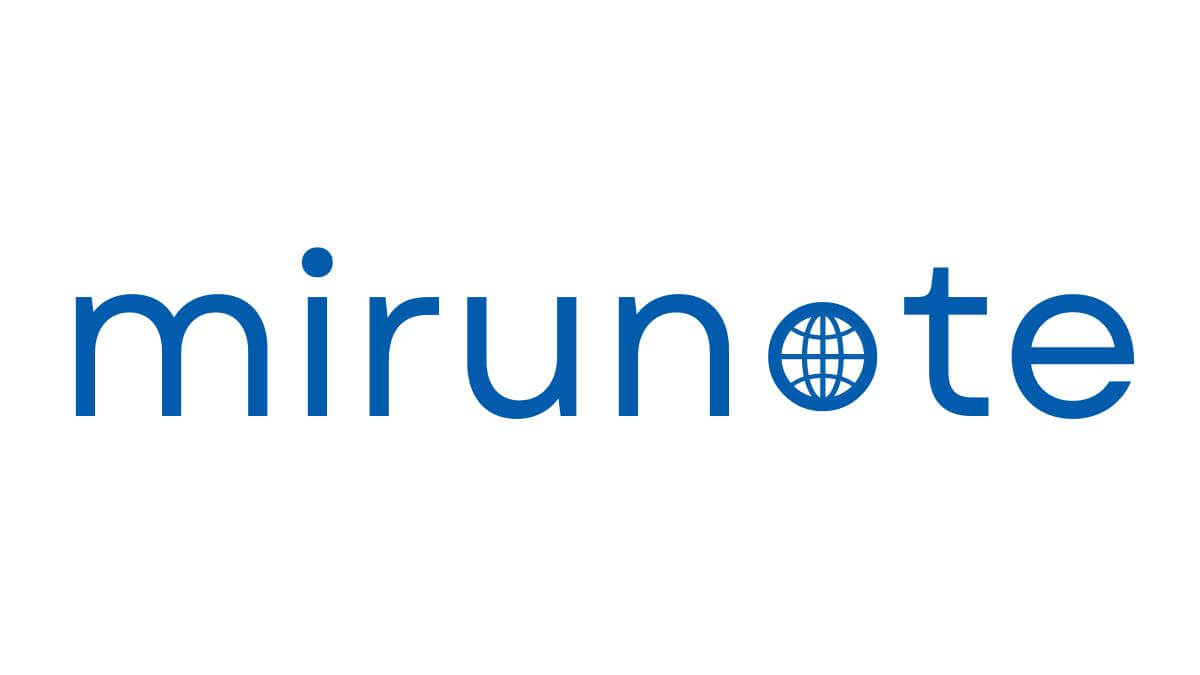
mirunoteのオンラインコースは今後もどんどん増やしていく予定です。ぜひご活用ください!
まとめ:ビオメディコ大学医学部入試のシラバスを確認して入試対策を始めよう

今回は、ビオメディコ大学の医学部入試のシラバス(出題範囲)について紹介しました。
日本の医学部入試などと同様に、大学入試で出題されるシラバスは一応はありますが、このシラバスから満遍なく問題が出題されるわけではありません。
あくまでも出題する可能性がある分野をすべて列挙したものにすぎないので、シラバスを見ながらシラバスどおりに勉強を始めるのはやめましょう。
mirunoteでは過去の入試問題の分析と出題されやすい問題のパターンを下記記事で解説しています。
リンク
ビオメディコ大学医学部英語コースの入試のシラバスを確認して勉強するよりも、イタリア私立医学部3校に上位合格した医学生が作成したイタリア医学部入試対策講座を利用する方が効率的です。
大学公式のテストシミュレーターとともに、mirunoteの入試対策講座やスポット講習を利用して、ビオメディコ大学の医学部入試の対策をおこなうことを強くオススメします。


2025年度のビオメディコ大学医学部入試対策のLogicの直前講座で扱ったmirunoteオリジナル問題と数値だけが異なる、または酷似した類題が50問中9問も出題されました。また、講義で扱った問題がすべて解ければ、得点率80%以上は余裕でした!
「独学ではビオメディコ大学医学部に合格するのが難しい…」「ビオメディコ大学医学部入試の受験勉強を上位合格者にみてもらいたい」という場合は、mirunote個別指導をご利用ください。
指導経験豊富な現役イタリア医学生がIMAT・イタリア私立医学部入試対策を徹底的にサポートします。

ビオメディコ大学への合格実績が複数ございます。現在の状況に関わらず、mirunote個別指導はご利用いただけます。理系科目の知識がない、Logicが苦手で合格する気が全くしないという場合もまずはお気軽にオンライン相談にてご相談ください。
今回は、以上です。

